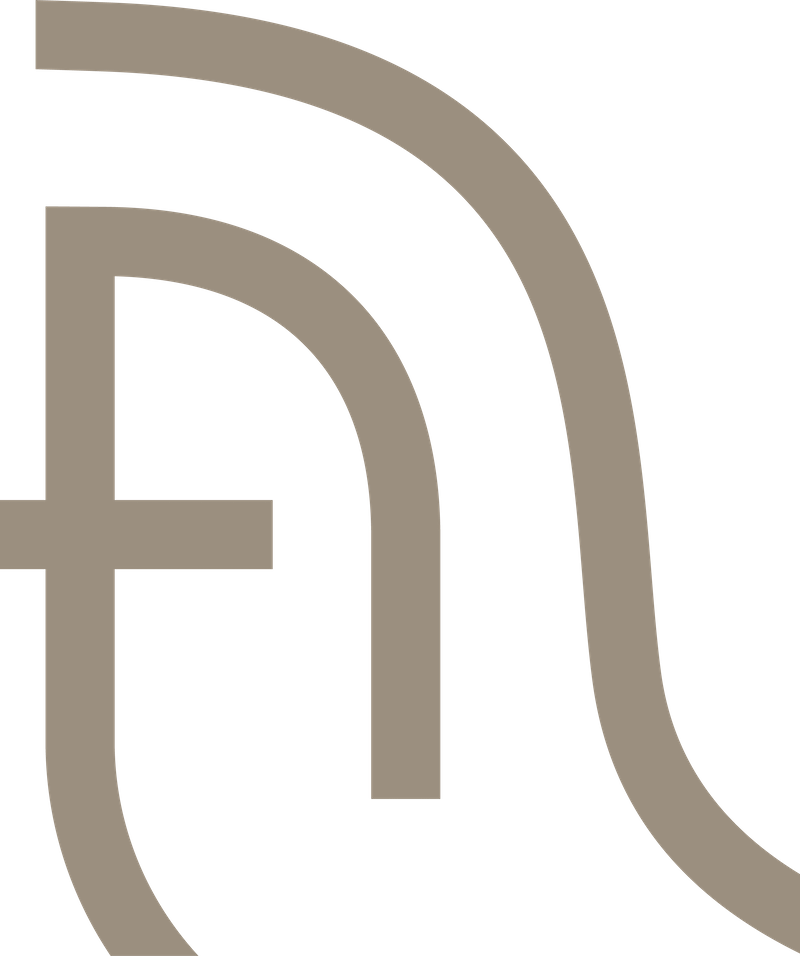Rhinoplasty is considered to be among the most satisfying procedures for patients, thanks to its ability to transform and balance the features. However, many patients have concerns regarding their recovery. Below we will explore the various stages of healing and how to streamline your recuperation process after nose surgery for enhanced peace of mind.
What factors can prolong swelling after rhinoplasty?
Patients with thicker, oilier skin and those who bruise easily may need more time for swelling to die down. Revision patients may need nearly twice as long to heal. Lastly, patients who have undergone a dramatic change in nasal shape may need a slightly longer recovery since the skin must shrink to accommodate the smaller nasal scaffolding.
Will my nasal tip be hard after surgery?
It is common for patients to encounter a firm nasal tip after nose surgery. This is due to swelling and is more common when the doctor uses cartilage grafts. Grafting is often essential, as it ensures the nasal shape will remain constant as the nose heals. Tip stiffness typically resolves within around 9-12 months.
When will I be able to wear glasses after rhinoplasty?
Use of glasses and sunglasses can be resumed at about the 6-month mark when the bones have solidified. You will receive specific instructions from your surgeon regarding this issue.
When can I drink alcohol again?
Alcohol is a no-no after surgery because it can thin the blood, encourage bruising and swelling, and interfere with proper recovery. To be safe, abstain from alcohol for the first three weeks after surgery.
Can I sleep on my side after rhinoplasty?
For the first 6 weeks of recovery, you must sleep with your head elevated at night. This encourages proper blood flow and can help to minimize swelling. You can prop yourself up using pillows or a foam wedge. After this phase, you can resume sleeping on your side if it is more comfortable.
When can I resume my workouts?
Patients usually return to cardiovascular exercise at around 3-4 weeks post-op. After 6 weeks, they can typically resume weight-lifting. However, all patients should consult with their surgical team before embarking on their exercise regimen.
Can I wear makeup after rhinoplasty?
Makeup use can be revisited after the first week. The splint is usually removed after 5-7 days and this is when patients can start using cosmetics again. Avoid putting undue pressure on the nose, however.





